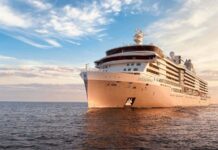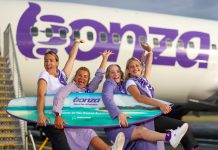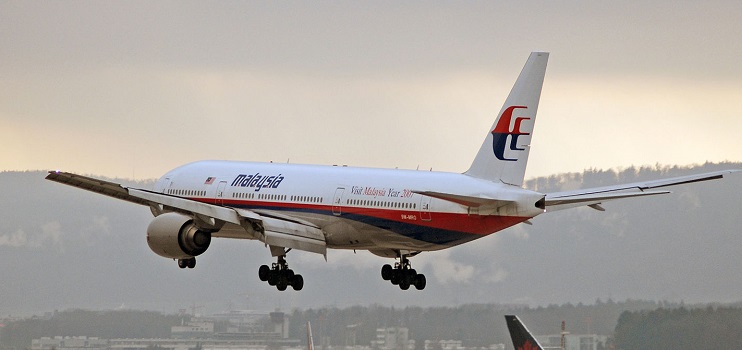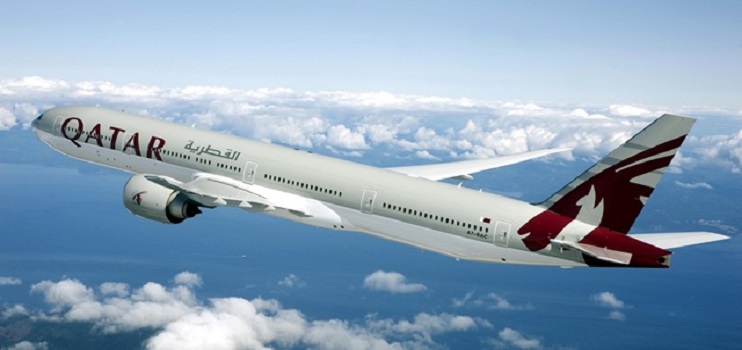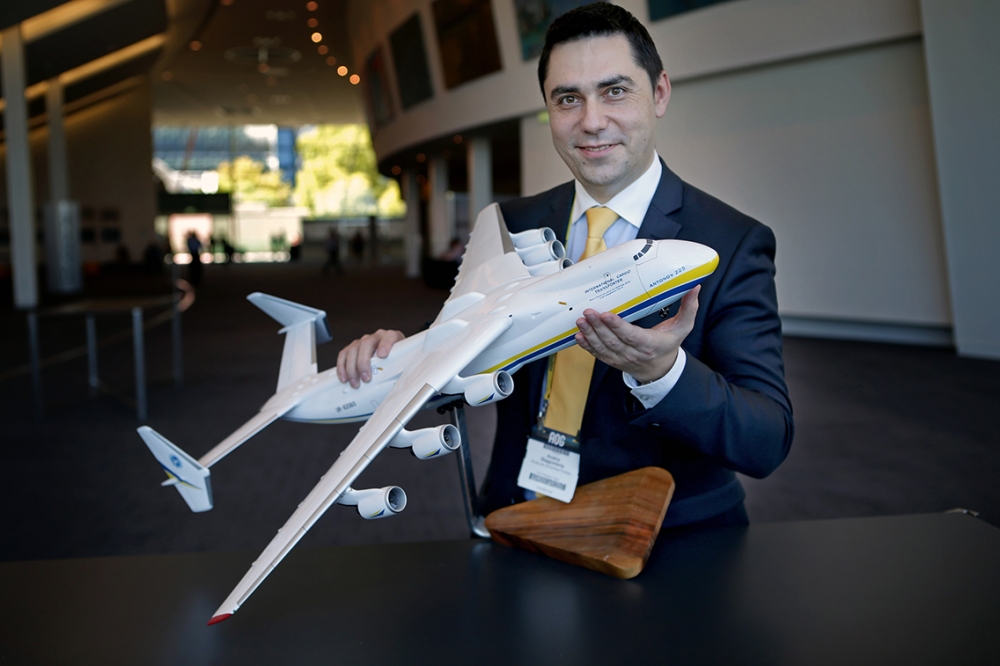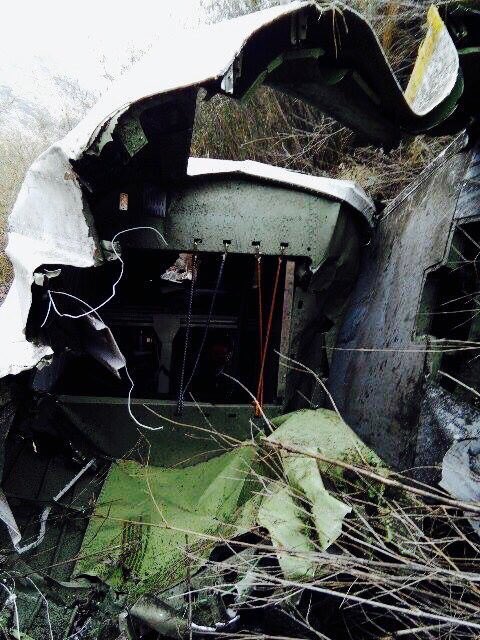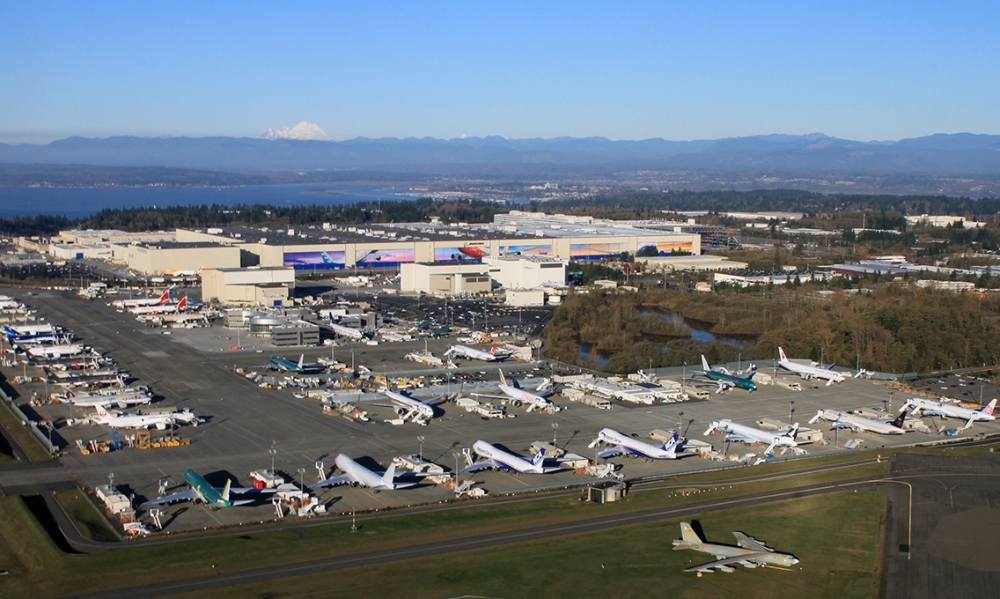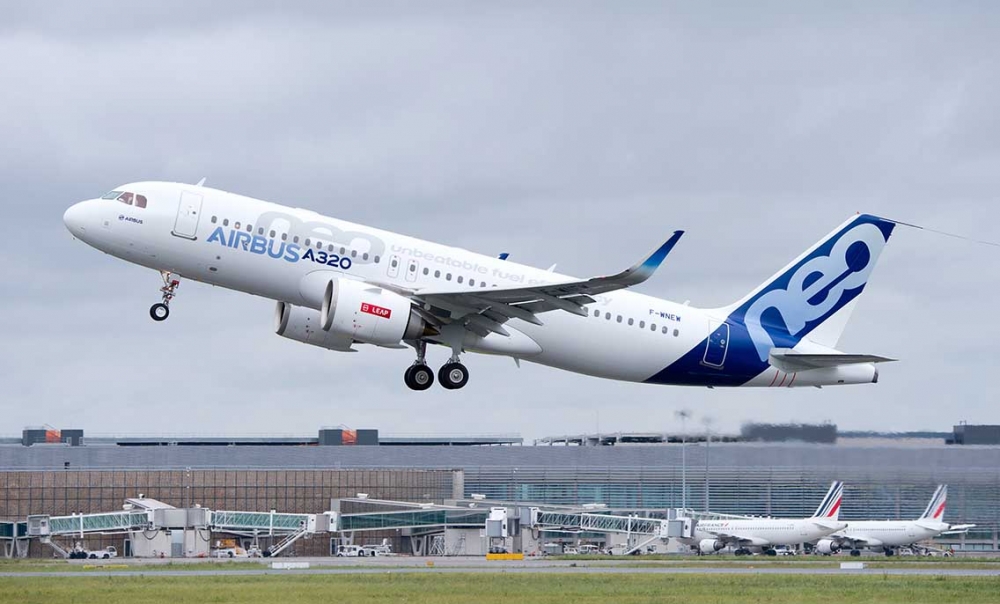History shows that we never give up trying to find ships or planes that disappear – particularly those that are high profile.
Titanic, the battleship Bismarck, battlecruiser HMS Hood and cruiser HMAS Sydney are classic examples and there are many more.
Recently Microsoft co-founder Paul G Allen funded an eight year search which found the Musashi, one of the two largest and most technologically advanced battleships in naval history – 71 years after it was destroyed by American aircraft at the Battle of Lyete Gulf.
Searchers also continue – off an on – to look for Amelia Earhart who vanished in July 1937 while attempting the circumnavigation of the world.
The disappearance of MH370 two years ago today with 239 passengers and crew aboard is unprecedented in modern history.
Certainly aircraft have disappeared without a trace but not a modern commercial airliner with hundreds aboard.
Today we have the technology to find MH370 but we need time and money as we certainly have the will.
The Australian led international team are confident that they will find MH370 in the coming months, some saying by July, but if this is not the case the search must be widened.
WHAT'S YOUR OPINION? Join our facebook discussion or have your say on the website
So far, only one piece of confirmed wreckage – a flaperon – has been recovered, while 86,000 sq kms of a 120,000 sq km area of ocean floor (identified as the most likely location) has been scoured without any sign of the main body of wreckage.
The unprecedented nature of the disappearance and the lack of debris has led to countless theories, speculation and inaccurate, even irresponsible reporting.
This has led search leaders, the Australian Transport Safety Bureau (ATSB) to refute some media coverage and most recently it said that some contained “significant inaccuracies and misunderstandings.”
The search is the most complex and scientific ever undertaken – and it’s multinational.
The ATSB coordinates the Search Strategy Working Group and its collective work has led to the definition of the current search area.
This multinational team has extensive expertise in satellite communications, aircraft systems, data modelling and accident investigation.
It includes specialists from; the UK’s Air Accidents Investigation Branch; Boeing; Australia’s Defence Science and Technology Organisation; Malaysia’s Department of Civil Aviation; Inmarsat; the US National Transportation Safety Board and Thales in the UK.
The governments directly responsible for MH370 are Malaysia and China as the flight was a code-share with China Southern Airlines.
These two countries, along with Australia – as the aircraft crashed in airspace under our control – must widen the search if the current effort turns up nothing.
Relatives need closure and the airline industry must know what happened to MH370 to ensure it can never happen again.



